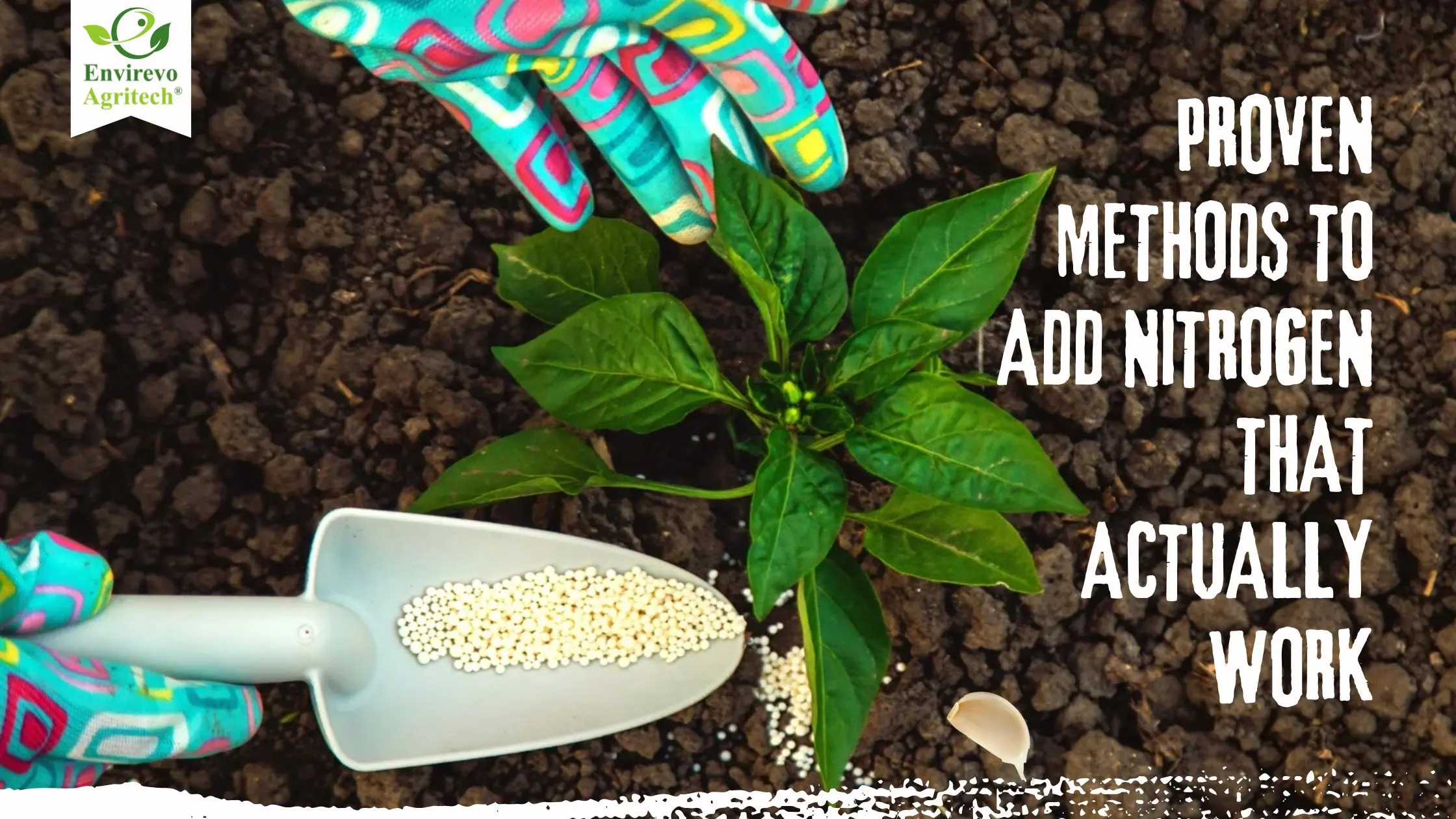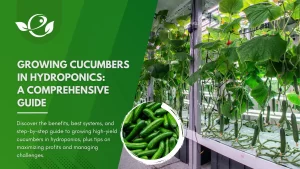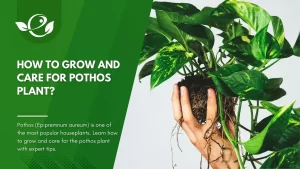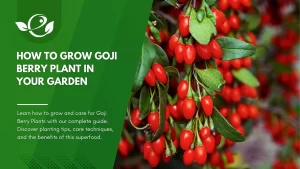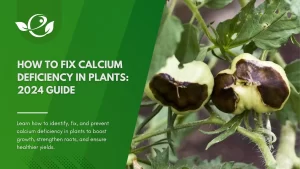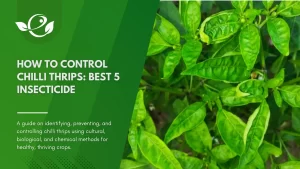Table of Contents
If your garden plants are growing slowly, showing pale yellow leaves, or struggling to thrive despite your best efforts, there’s a good chance your soil is lacking nitrogen. Nitrogen is one of the three primary macronutrients plants need, and without it, plant growth suffers immensely. Thankfully, there are many natural, chemical-free solutions available to fix nitrogen deficiency in soil.
In this article, we’ll explore 10 easy, organic ways to add nitrogen to soil, along with why nitrogen is so essential for healthy plants. Whether you’re a home gardener or managing a larger plot, these natural methods will help you restore soil fertility and support lush, vigorous plant growth.
Why Nitrogen Is Essential for Healthy Soil and Plants
Nitrogen is a fundamental element in plant development, playing a key role in photosynthesis and protein synthesis. It is vital for:
- Chlorophyll production: The green pigment in plants responsible for converting sunlight into energy.
- Leaf and stem growth: Especially important for leafy greens and fast-growing crops.
- Amino acid formation: Building blocks of proteins necessary for plant cell structure and function.
When soil lacks nitrogen, plants often show symptoms such as yellowing (especially in older leaves), stunted growth, weak stems, and reduced yields. Regular replenishment of nitrogen is necessary because this nutrient is water-soluble and often leaches away with rain or irrigation. If you’re looking for ways to add nitrogen to soil naturally, the methods below offer reliable, eco-friendly solutions that avoid synthetic fertilizers.
10 Easy Ways to Boost Soil Nitrogen
1. Composting Kitchen Scraps for Nitrogen-Rich Soil

One of the easiest and most sustainable ways to enrich soil with nitrogen is composting. Organic kitchen waste is an abundant source of nitrogen and, when properly composted, transforms into a nutrient-rich amendment for your garden.
How It Works
Composting relies on a balance of green materials (nitrogen-rich) and brown materials (carbon-rich). Kitchen scraps such as vegetable peels, fruit waste, coffee grounds, and eggshells fall into the green category and provide the nitrogen content your compost pile needs.
Tips for Best Results:
- Use a 2:1 ratio of browns to greens to maintain healthy microbial activity.
- Chop large scraps into smaller pieces to speed up decomposition.
- Turn the pile regularly to aerate and promote faster breakdown.
Once finished, the compost can be worked into garden beds or used as top dressing around plants, providing a slow-release source of nitrogen and other vital nutrients.
2. Grow Nitrogen-Fixing Cover Crops
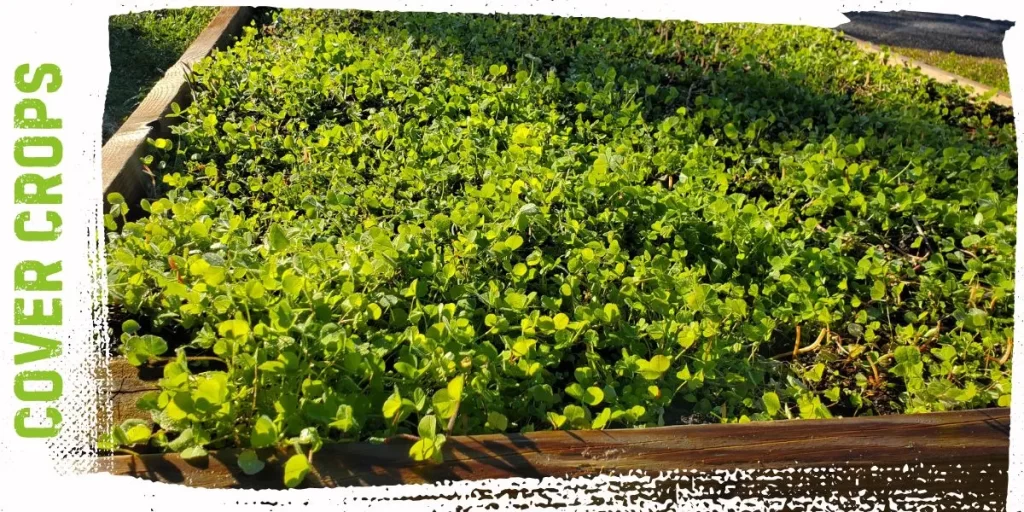
Cover crops, also known as green manures, are an excellent organic strategy to boost soil nitrogen naturally. Certain plants—particularly legumes—form symbiotic relationships with nitrogen-fixing bacteria (Rhizobium) in their root nodules.
Best Nitrogen-Fixing Cover Crops:
- Clover (Trifolium spp.)
- Vetch (Vicia spp.)
- Alfalfa (Medicago sativa)
- Field peas and fava beans
Implementation:
- Plant these crops during off-seasons or as part of a crop rotation.
- Allow them to grow until just before flowering, then cut them down and work them into the soil.
This green manure not only adds nitrogen as it decomposes but also improves soil structure, reduces erosion, and suppresses weeds.
3. Add Aged Manure to Your Garden Beds
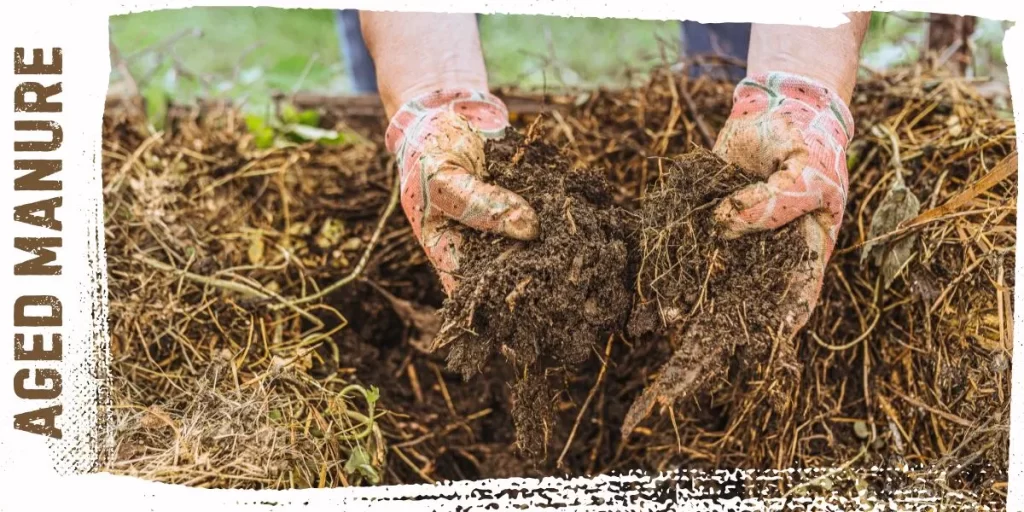
Manure from herbivorous animals is one of the oldest and most effective organic fertilizers for improving soil nitrogen content. However, fresh manure can be too hot (high in ammonia), potentially burning plant roots and spreading pathogens.
Types of High-Nitrogen Manure:
- Chicken manure: Extremely high in nitrogen—must be composted first.
- Rabbit manure: Can be used fresh in small quantities.
- Cow, horse, and sheep manure: Widely available and nutrient-rich when aged.
How to Apply:
- Compost fresh manure for at least 6 months before applying.
- Spread aged manure 1–2 inches deep and mix it into the topsoil.
- Apply in fall or early spring to allow nutrients to settle in.
In addition to nitrogen, manure contributes phosphorus, potassium, and beneficial microbes.
4. Use Grass Clippings as a Nitrogen-Rich Mulch
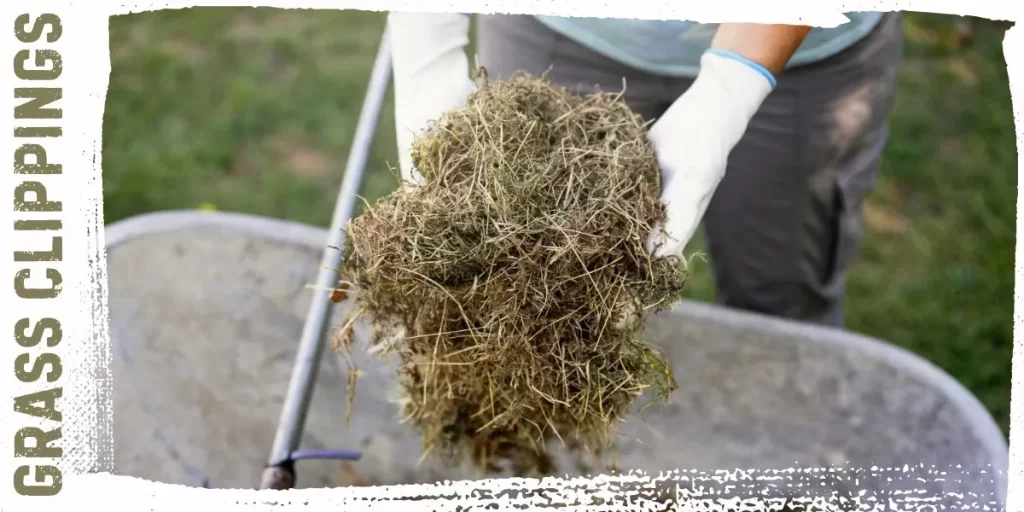
Green grass clippings are an excellent source of fast-releasing nitrogen. Rather than discarding lawn waste, you can repurpose it as mulch or compost material.
Benefits of Grass Clippings:
- High moisture and nitrogen content.
- Break down quickly, enriching the soil.
- Provide weed suppression and moisture retention when used as mulch.
Application Tips:
- Use thin layers to avoid matting and odors.
- Allow clippings to dry for a day or two before applying.
- Mix with brown materials if composting to avoid excess moisture.
Grass clippings are a free, sustainable resource that keeps both your lawn and garden thriving.
5. Apply Blood Meal for a Fast Nitrogen Boost

Blood meal, a byproduct of animal processing, is a powdered, organic fertilizer that contains around 12% nitrogen by weight. It provides a quick and potent nitrogen source that can revive struggling plants.
How to Use Blood Meal:
- Sprinkle around the base of plants and water in.
- Use sparingly—over-application can lead to excess nitrogen.
- Ideal for leafy vegetables and nitrogen-hungry plants.
Blood meal also deters some garden pests like rabbits and deer due to its strong smell. It’s especially useful in early spring when nitrogen demand is high.
6. Try Fish Emulsion for Organic Feeding
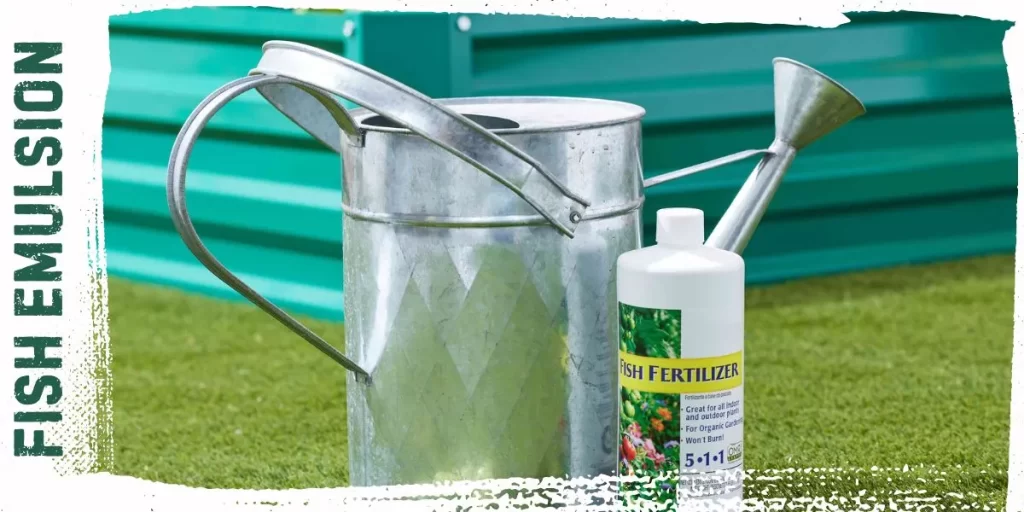
Fish emulsion is a liquid fertilizer made from whole fish or fish byproducts. It typically contains about 5% nitrogen and is suitable for use throughout the growing season.
Benefits of Fish Emulsion:
- Rapidly absorbed by plant roots.
- Mild enough for seedlings when diluted properly.
- Adds micronutrients like potassium, calcium, and trace minerals.
Application Tips:
- Mix 1–2 tablespoons per gallon of water.
- Apply as a soil drench or foliar spray every 2–3 weeks.
- Avoid application during hot midday sun to prevent foliar burn.
Fish emulsion has a distinctive odor, but its fertilizing power makes it a favorite among organic growers.
7. Use Spent Coffee Grounds

Used coffee grounds are a surprisingly rich source of nitrogen and organic matter. Despite misconceptions, they are only mildly acidic and safe for most soils.
Benefits of Coffee Grounds:
- Approximately 2% nitrogen by weight.
- Improve soil texture and microbial activity.
- Free and readily available from cafes or your own kitchen.
How to Apply:
- Mix directly into compost or garden soil.
- Use as a top dressing around nitrogen-loving plants.
- Combine with brown materials if composting.
Coffee grounds also attract beneficial earthworms and help retain soil moisture.
8. Try Organic Nitrogen Fertilizers Like Soybean Meal
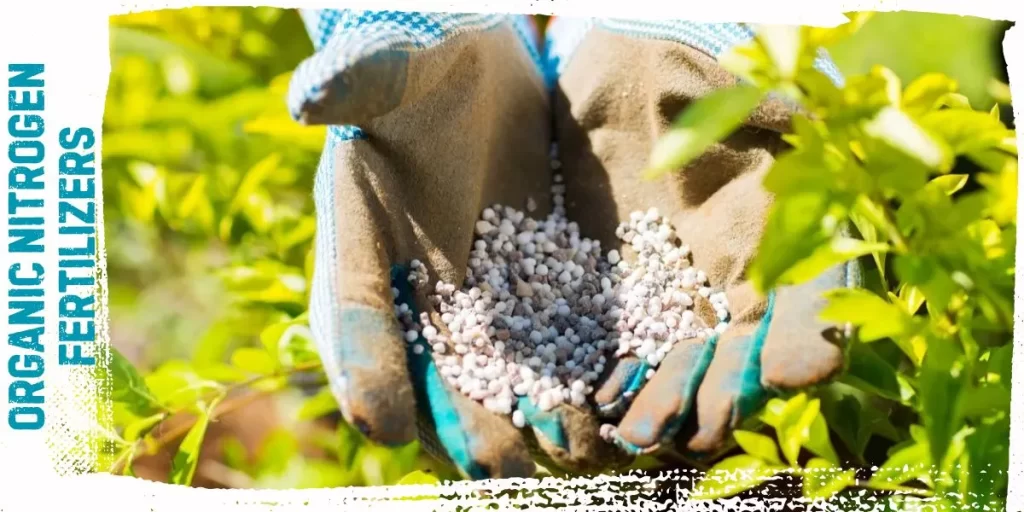
Organic fertilizers derived from plant or animal sources offer a controlled, slow-release option for adding nitrogen.
Examples of Organic Nitrogen Fertilizers:
- Soybean meal: ~7% nitrogen
- Cottonseed meal: Slightly acidic, good for acid-loving plants
- Feather meal: Very high nitrogen, slow release
- Alfalfa meal: Also improves microbial activity
Application Guidelines:
- Follow manufacturer instructions on quantity.
- Work into the soil before planting.
- Water thoroughly to activate breakdown.
These options provide a steady nitrogen source that supports healthy growth over time.
9. Add Seaweed or Kelp Meal
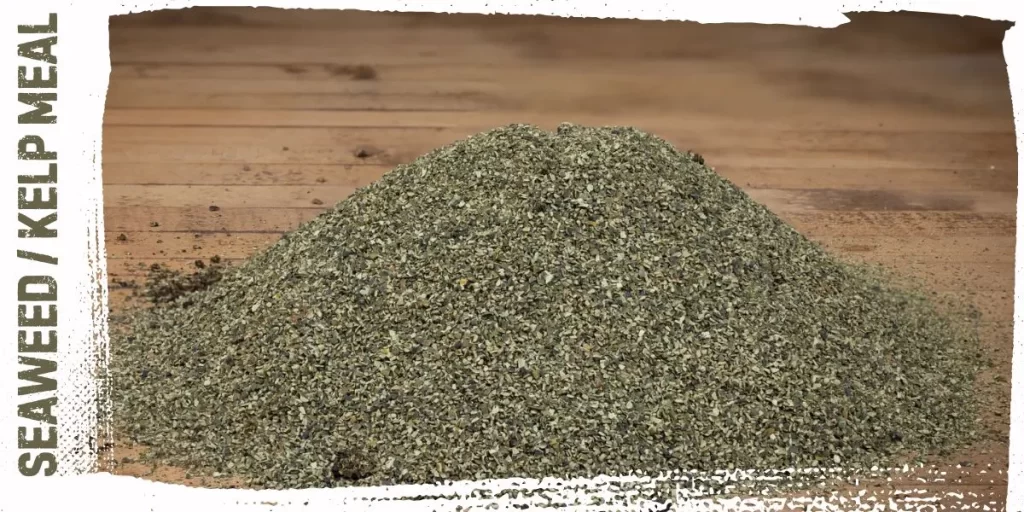
Seaweed and kelp meal are dried and ground marine plants, typically harvested from cold, nutrient-rich ocean waters. While both come from algae, kelp meal usually refers to specific brown seaweed species like Ascophyllum nodosum, prized for its high nutrient content. These products are available in powdered, granulated, or liquid extract forms and can be used as a top dressing, soil amendment, or compost accelerator.
Application Tips for Maximum Benefit
- Granulated or Meal Form: Sprinkle kelp meal directly onto the soil around your plants. Use 1 to 2 tablespoons per square foot or follow package instructions.
- Liquid Seaweed Extract: Dilute according to label directions and apply as a soil drench or foliar spray every 2–4 weeks.
- Compost Boost: Mix seaweed into your compost pile to accelerate decomposition and enrich the final product with marine minerals.
Be cautious not to overapply. While seaweed is generally safe, excessive use can lead to salt build-up in soil, especially in poorly draining conditions.
10. Plant Legumes in Crop Rotation or as Companions
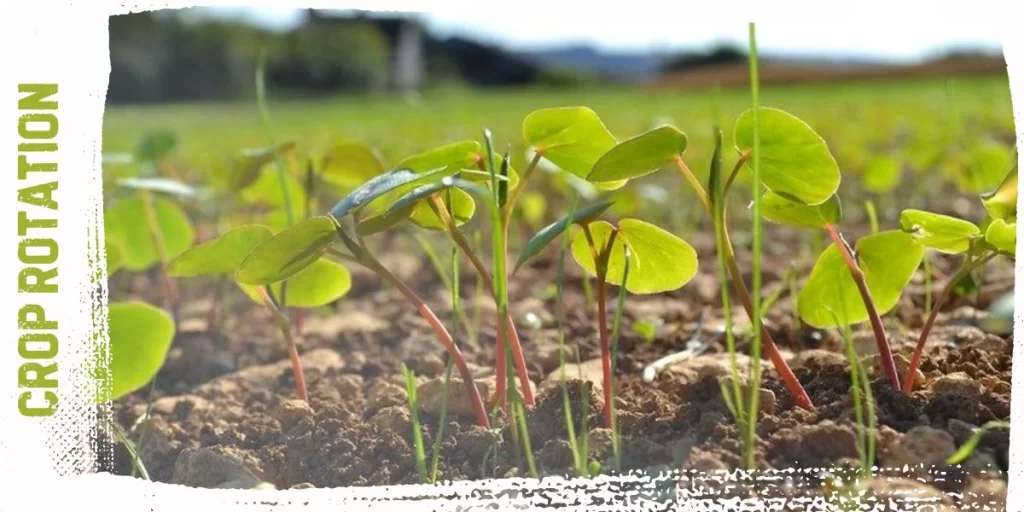
Leguminous plants are natural nitrogen fixers. By including beans, peas, peanuts, or lentils in your planting scheme, you can improve soil fertility without synthetic inputs.
How They Work:
- Legumes host Rhizobium bacteria in their roots.
- These bacteria convert atmospheric nitrogen into forms plants can absorb.
- When legume roots decompose, nitrogen is released into the soil.
Crop Rotation Benefits:
- Breaks pest and disease cycles.
- Reduces the need for external fertilizers.
- Supports long-term soil health and productivity.
Even if you don’t harvest the legumes, their presence alone can make a measurable difference in nitrogen levels.
Common Mistakes to Avoid When Adding Nitrogen to Soil
Even organic methods can cause harm if used improperly. Here are some pitfalls to watch for:
- Overloading with green materials: Excess nitrogen can lead to leafy growth with poor fruiting.
- Skipping soil tests: Test your soil annually to monitor nutrient levels.
- Applying fresh manure: Can burn plants and introduce pathogens.
- Ignoring pH levels: Some nitrogen sources may shift soil pH over time.
Balanced nutrient management is key—too much nitrogen can be just as harmful as too little.
Conclusion
Boosting soil nitrogen doesn’t require synthetic fertilizers. By integrating these ten natural methods—like composting, planting legumes, or applying aged manure—you can enrich your garden soil safely and sustainably. Each method offers its own benefits, so choose the ones that align best with your gardening style, climate, and available materials. Over time, these practices will improve not just nitrogen levels, but overall soil health, plant vigor, and crop productivity.
Ready to feed your soil the natural way? Try one of these nitrogen-boosting methods today and watch your garden thrive!
